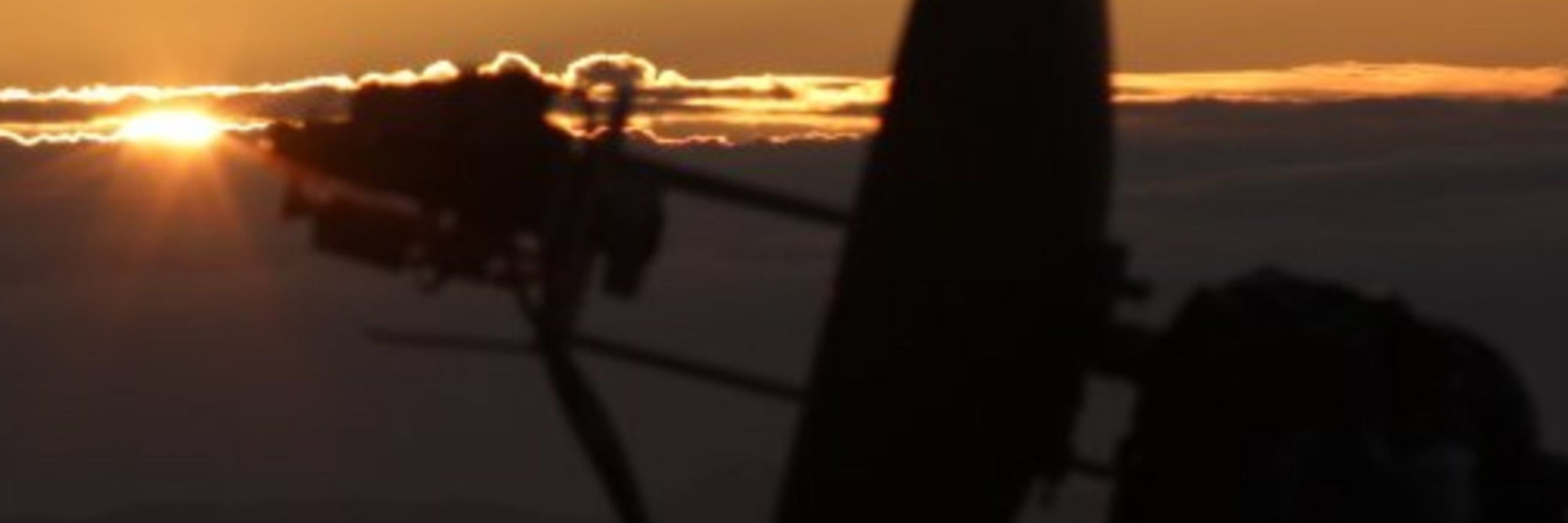
transmit();
else
receive();
arstechnica.com/tech-policy/...

arstechnica.com/tech-policy/...
She's located about 7 degrees south east of the Moon this morning.


She's located about 7 degrees south east of the Moon this morning.
isro.gov.in/Chandrayaan_...

isro.gov.in/Chandrayaan_...
The spacecraft remains at low declination but will rapidly rise northward over the next couple of days allowing more data to be obtained. 🧵⬇️

The spacecraft remains at low declination but will rapidly rise northward over the next couple of days allowing more data to be obtained. 🧵⬇️
www.cnn.com/2025/11/02/p...

www.cnn.com/2025/11/02/p...
Happy Halloween all! 🎃

Happy Halloween all! 🎃
Data sidebands clearly visible and tantalizing close to being decodable.


Data sidebands clearly visible and tantalizing close to being decodable.
🧵⬇️

🧵⬇️
The Minor Planet Electronic Circular 2025-U223 identified a new object 2015 US6, & this was later determined to DRO-B and deleted from the registry in (M.P.E.C) 2025-U218.
Using those, an estimate of the trajectory was made and what I found surprised me!
🧵⬇️

The Minor Planet Electronic Circular 2025-U223 identified a new object 2015 US6, & this was later determined to DRO-B and deleted from the registry in (M.P.E.C) 2025-U218.
Using those, an estimate of the trajectory was made and what I found surprised me!
🧵⬇️
This animation using non-government data and the known active satellites on S-band show you how it's presently structured.
It has global coverage with 180° 'dense' regions. 🧵⬇️
This animation using non-government data and the known active satellites on S-band show you how it's presently structured.
It has global coverage with 180° 'dense' regions. 🧵⬇️
I began active RF study of classified US military satellites in the early 2010s. Early experiences used brute force search methods and these methods evolved into the development of @cbassa.bsky.social's STRF.
www.youtube.com/watch?v=R1So...

I began active RF study of classified US military satellites in the early 2010s. Early experiences used brute force search methods and these methods evolved into the development of @cbassa.bsky.social's STRF.
www.youtube.com/watch?v=R1So...
A few years ago, I had the privilege of discussing space policy with Bruce McClintock. His later work continues to resonate with me, and I highly recommend reading it.
It’s enlightened, forward-looking guidance for the new space era.
www.rand.org/pubs/perspec...

A few years ago, I had the privilege of discussing space policy with Bruce McClintock. His later work continues to resonate with me, and I highly recommend reading it.
It’s enlightened, forward-looking guidance for the new space era.
www.rand.org/pubs/perspec...
www.npr.org/2025/10/17/n...

www.npr.org/2025/10/17/n...
The HamTV unit is scheduled to send "tone and bars" during the 08:15 UTC pass. Live video from the ISS will be attempted during the 09:51 UTC pass.
Watch ARISS social for updates!


The HamTV unit is scheduled to send "tone and bars" during the 08:15 UTC pass. Live video from the ISS will be attempted during the 09:51 UTC pass.
Watch ARISS social for updates!
~550 more people to be laid off on October 14th.
www.jpl.nasa.gov/news/jpl-wor...

~550 more people to be laid off on October 14th.
www.jpl.nasa.gov/news/jpl-wor...

The spacecraft is believed to be using solar electric propulsion and may need to change attitude to thrust and only aim at Earth for ranging and comms periodically. 🧵⬇️
The spacecraft is believed to be using solar electric propulsion and may need to change attitude to thrust and only aim at Earth for ranging and comms periodically. 🧵⬇️


Most like the Carruthers Geocorona Observatory a cubesat launched with SWFO-L1 and IMAP.
Most like the Carruthers Geocorona Observatory a cubesat launched with SWFO-L1 and IMAP.

